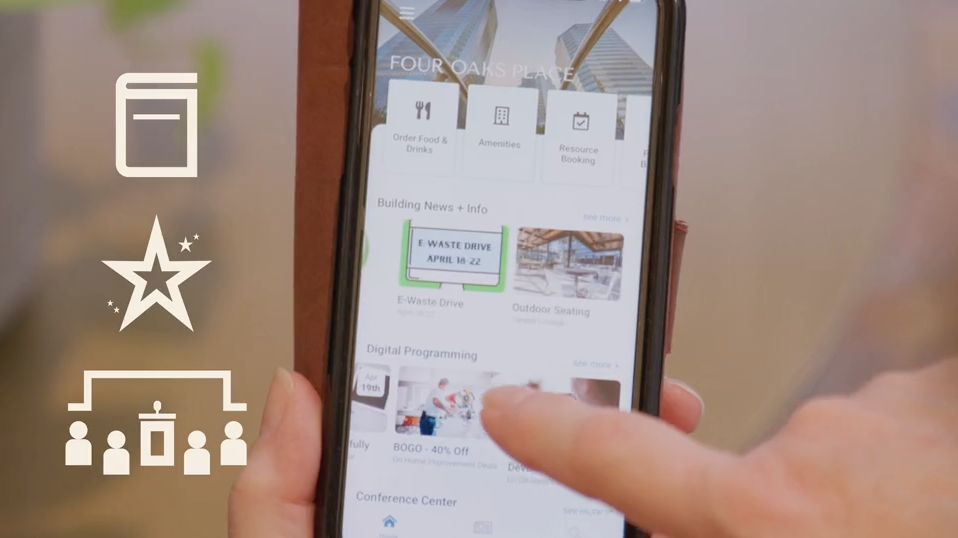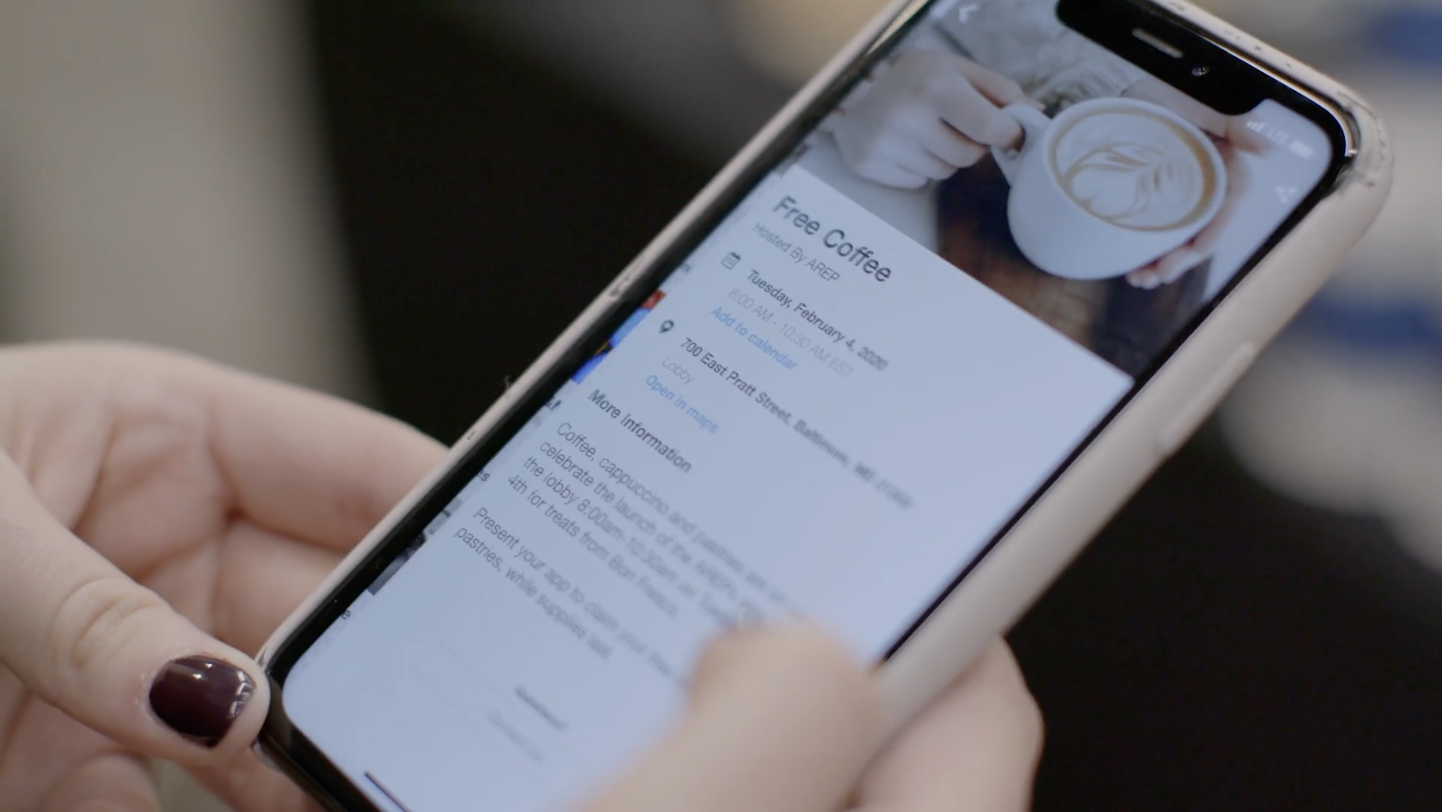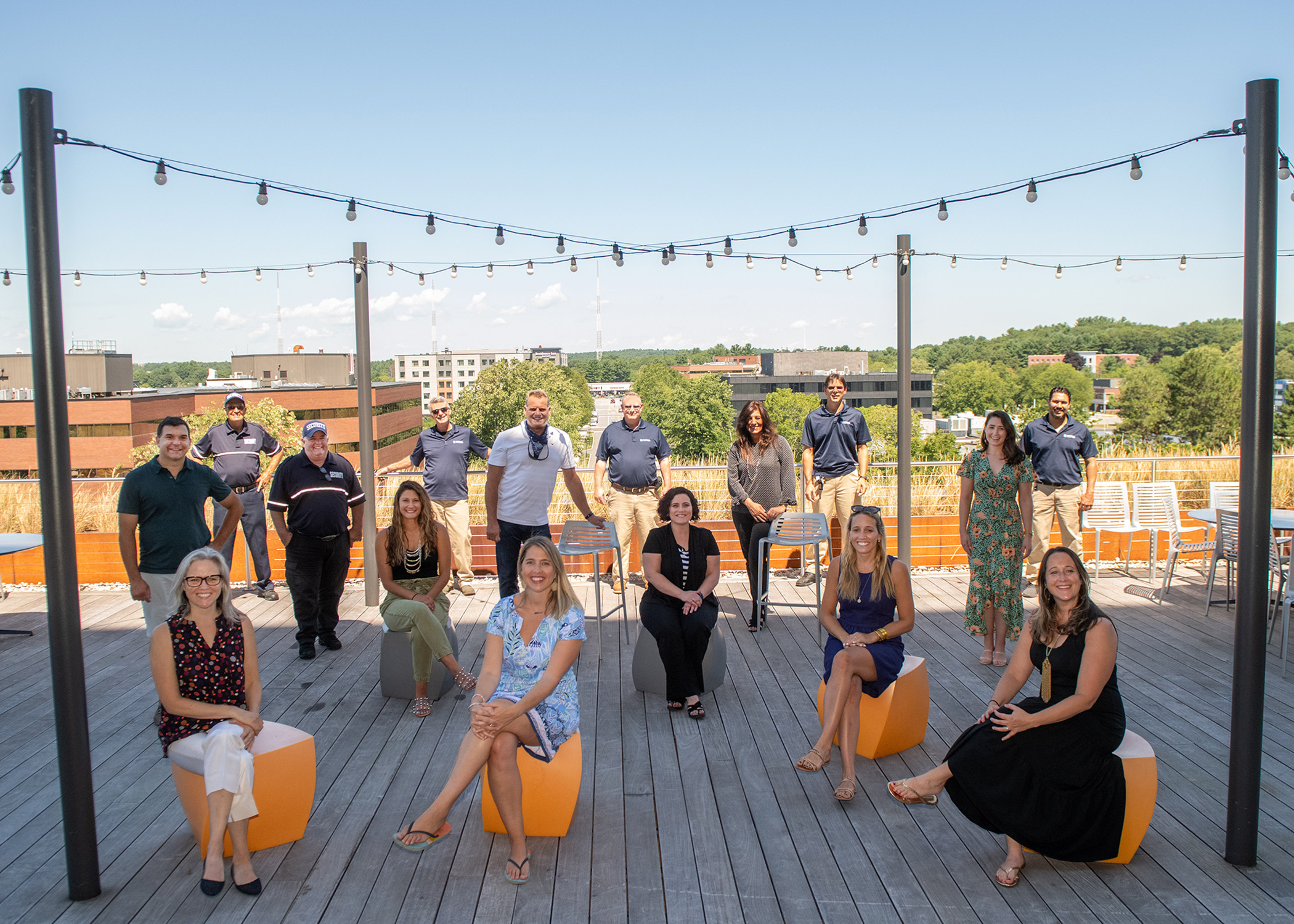The Rise of Hybrid Work
Due to the COVID-19 pandemic, the workplace has changed. With much of the workforce concerned about health and safety issues, a large number of companies adopted a hybrid working model post-covid.
Because of this, many landlords and property teams have started to retire the concept of the traditional 9-to-5 office, trading it in for modern adaptations that better help tenants and their employees do their most productive work. And productivity, furthermore, can come from successful hybrid work from home policies. The productivity challenge is still ongoing; most companies know that the in-person office needs to change in order to stand up in the hybrid vs remote work debate.
Because of this, many employers want to know the benefits of hybrid working as well as the impact of hybrid working on employee productivity. For example, exactly how does hybrid working increase productivity?
Challenges to Hybridity
Although there are many hybrid working advantages, there are also sometimes disadvantages of hybrid working. A hybrid work arrangement at any organization can come with challenges. It is important that organizations do hybrid work model research before picking the model that is best for them. One issue is that hybrid work setups can create disparate employee experiences. This is because half the time employees are working from the office, and remotely the other half. This could mean multiple sets of tools, lack of clear and consistent communication, and a lack of connection to company culture. By nature, hybrid work comes with a lack of uniformity; one person’s remote setup differs vastly from someone else’s, which is why companies can’t ensure equity of experience.
For example, take the hybrid working model Mckinsey uses. It inquires about each employee’s preferences and boundaries for working styles and communication. For the Mckinsey hybrid working model, this includes some experimentation with mixing different types of meetings, when (and when not) to bring employees together on-site, and resetting team norms about when to check in.
As spaces become a mixed-mode environment, the physical office itself must be optimal.The Cisco hybrid work model is another great example of this. Cisco emphasizes on smart building technology to redefine how work in the office. The evolving workplace requires the modernization of the teams working within it. In turn, these teams must have access to modern technology to meet ever-shifting employee needs, especially in consideration of hybrid work.
Improving Employee Engagement
Along with other challenges to hybridity comes the rise of resignations. The Great Resignation revealed interesting insights between what employees want and what employers believe employees want. Employee engagement is one of the areas in which employer and employee see eye to eye, with each recognizing its importance in talent attraction and retention. The impact of employee engagement is happier and more productive employees.
According to LoopHealth, there are four types of employee engagement and of these, 3 types of employee engagement are most important:
1. Neither engaged nor committed employees
These are employees whose engagement levels are down and who feel no commitment to their company.
2. Committed employees
Committed employees are very important for an organization since they have a profound loyalty towards your company and are emotionally bonded to it.
3. Engaged employees
Engaged employees are the ones who are the most enthusiastic about their work, and are actively engaged in their work.
4. Engaged and committed employees
These types of employees are an asset to your company; they are not only actively engaged employees, who are motivated in their work, but they also share a deep connection of trust, loyalty, and a high level of commitment to your company.
To improve employee engagement, employers can offer different types of employee engagement activities. These can include events such as, happy hours, luncheons, and employee trivia nights. Types of engagement like these are sure to increase talent retention.
Additionally, companies would be wise to continually update the tools they use to elevate
workplaces, providing employees with experiences that will keep them connected, engaged, and happy — leading to increased employee attraction and retention.
Examples of Employee Engagement
More than ever, employers are looking at employee engagement statistics 2022 and employee experience statistics 2022 in order to improve their employee engagement.
Gallup employee engagement statistics 2022 are telling. Right now, according to employee engagement statistics gallup revealed, only 33% of the American workforce is engaged – leaving the rest actively disengaged (16%) or “just there” (51%). Gallup employee engagement survey results 2022 may seem distressing; in fact, they are an opportunity.
But, what is a good employee engagement score?
According to the Kahn Model of Employee Engagement, Kahn identified three principal dimensions of employee engagement – physical, cognitive and emotional. He explains that individuals not only can bring varying levels of themselves physically, cognitively and emotionally to their work, but that those levels affect their experiences of work and therefore their performance.
Similar to this model, the Deloitte Employee Engagement Model was developed through expansive employee interviews. Their research identified five core elements as the central pillars of engagement: meaningful work, hands-on management, a positive work environment, opportunity for growth, and trust in leadership.
These can all be accomplished through tools like HqO’s Employee Experience App, which supports solutions for the above challenges through features such as room, desk, and service bookings that keep employees engaged and collaborative; mental health and wellness checks for improved satisfaction; and data collection that keeps offices running cost-effectively and sustainably –ensuring that both buildings and people are prepared for a greener future.
Creating Successful Hybrid Work Models
The future of work is hybrid, and hybrid working post covid isn’t going anywhere. According to statistics from Accenture, 63% of high-growth companies already use a hybrid work policy that supports both in-office and remote work use-cases. Additionally, according to HqO’s Office Insights 2022 report, 86% of employers have already implemented flexible or hybrid working models since the beginning of the pandemic, with the remaining 14% planning to implement in the next two years.
The rise of remote and hybrid work has led to employees demanding increased flexibility from their employers. However, this has caused employers to continue to question hybrid work productivity. Another McKinsey report, for example, shows that 20% of employees can productively work remotely anywhere from three to five days per week.
Fortunately, now that hybrid work models are so common, successful hybrid work model examples are easy to uncover. For instance, Spotify’s “Work From Anywhere” program, which launched in February 2021, offers remote, in-person, and hybrid options for employees as well as more flexible living choices if an employee wants to move.
The question now becomes: will hybrid work last for everyone? Though hybridity doesn’t look like it’s going anywhere anytime soon, it will look different for every company depending on their needs. For hybrid work to succeed, companies need to consider certain hybrid work model best practices, and tailor them to their employees. Some of these practices include, but are not limited to, having good hybrid work management through digital tools that streamline core work processes, as well as increased hybrid work engagement such as a mix of in-person and virtual events, ongoing digital programming, and activating building amenities.

How Workplace Technology Can Help
Right now, the future of hybrid work 2022, workplace statistics 2022, and hybrid work model 2022 are trending topics of discussion. Hybridity in the workplace has been placed at the forefront of our minds, which is why employers need to understand how to navigate the four essential dynamics of hybrid work. According to Gallup, these include:
Engagement + Wellbeing: Employee engagement remains an essential driver of employee performance, on-site or remote. And yet, Gallup research reveals that it’s not enough to be engaged; we need high wellbeing as well.
Fairness + Inclusion: Many remote workers who once felt left out have grown closer to their team during the pandemic. Suddenly, their experience and comfort with the remote work lifestyle seemed valued and appreciated in a new way.
Trust + Productivity: The path to performance excellence is built on trust and relationships, not increased monitoring or arbitrary metrics of busyness.
Relationships + Culture: Managers need to approach the shift to a hybrid team as its own project.
Technology is an essential component to these goals. First, it allows us to remain fluid in where and how we work — and even when we aren’t in the office. Secondly, it’s going to be the bridge that allows us to connect when our locations are ever-changing. If not already, it will be the main channel for how we coordinate and find each other when we need to. Third, it will be how we flex into these more subscription-like spaces our buildings will provide.
In order to navigate these dynamics and set up for an optimal hybrid workplace, it’s essential that employers turn to technology. Fully integrated workplace experience platforms, such as those provided by HqO, help create a more well rounded and holistic employee experience – and offer managers or office administrators the ability to measure the abstract, with real-time insights into employee behaviors and activity that enable organizations to make better-informed decisions when it comes to real estate investment.
And, according to hybrid work productivity statistics, Hybrid work Harvard Business Review reinforces the idea that it is important to significantly boost the use of technology to coordinate activities as employees move to more-flexible work arrangements.
Workplace experience apps can also play their part in influencing employee happiness via features such as wellness checks, the organization of dinners, lunches, or drinks, and the ability to create an inclusive social office experience that gives all workers — remote or not — the chance to connect, communicate, and collaborate.
Want to learn more? Download one of our recent guides on hybrid work, and consider requesting a demo.
















